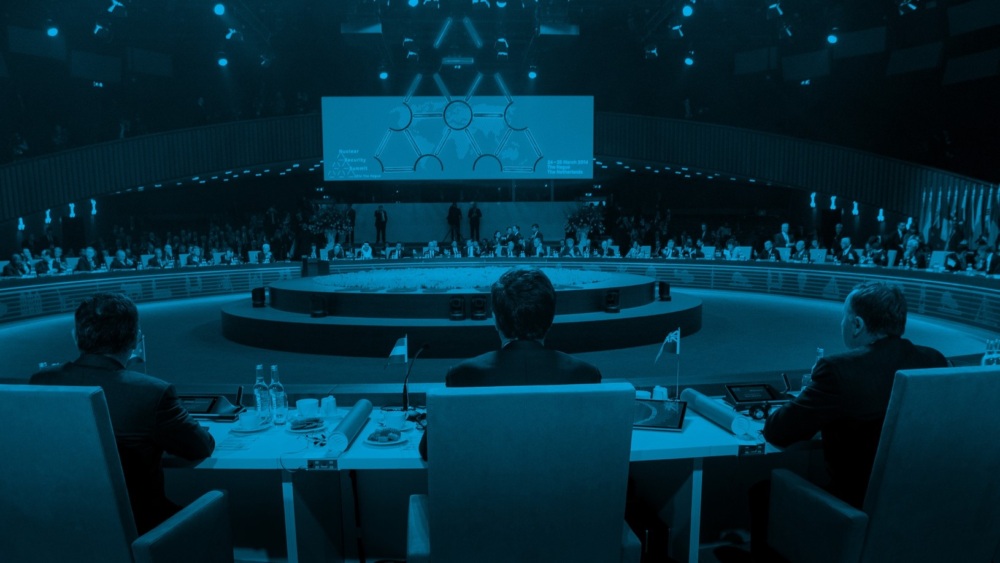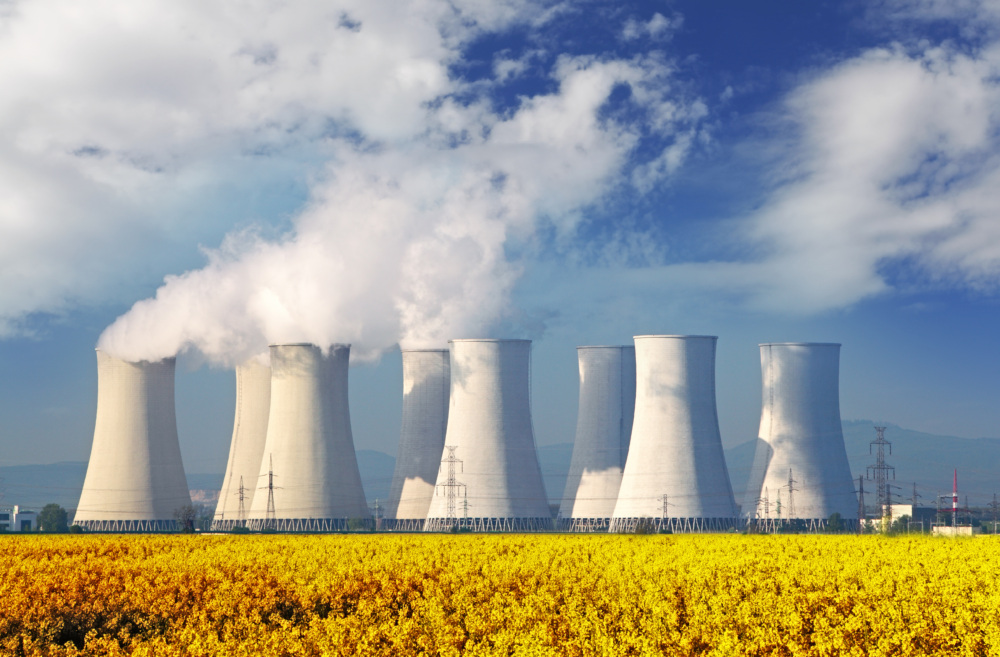
Samantha Neakrase
Senior Director
Over the past two decades, positive steps have been taken to strengthen global nuclear security. Two major treaties—the International Convention for the Suppression of Acts of Nuclear Terrorism and the amendment to the Convention on the Physical Protection of Nuclear Material were adopted and have entered into force. New international initiatives and forums like the Global Initiative to Combat Nuclear Terrorism, the Global Partnership Against the Spread of Weapons and Materials of Mass Destruction, and the World Institute for Nuclear Security have become hubs for education, awareness, and capacity building; development and sharing of best practices; and sources of assistance. The International Atomic Energy Agency (IAEA) has increasingly taken on a central role coordinating activities and providing nuclear security assistance, with greater acceptance of its role on nuclear security. Countries are doing more to cooperate with one another bilaterally, through Centers of Excellence, through programs at the IAEA, the United Nations (UN), INTERPOL, or the European Union. And countries have taken countless individual actions to strengthen their domesticnuclear security regimes and reduce or eliminate stocks of materials. In fact, the number of countries with weapons-usable nuclear materials has decreased from 32 in 2012 to 22 today, permanently removing the risk that those materials could be stolen and used to detonate a nuclear bomb.
But the actions taken so far, despite representing significant progress, have not yet led to the creation of a comprehensive global nuclear security architecture that is adequate to the evolving risks of nuclear terrorism and the enormous consequences that would result in terms of loss of life, health risks, damage to the environment, economic costs, or reduced public confidence in the continued use of peaceful nuclear technology. Countries still hesitate to take what they deem politically sensitive actions or to share information about nuclear security measures or their quantities of materials. There is still complacency among many countries about nuclear risks and a lack of urgency and understanding that all countries must play a role in nuclear security to close dangerous weaknesses in the system—whether physical protection, border protection, criminalization, prosecution, or the many other actions necessary to prevent an act of nuclear terrorism. The IAEA still does not have the necessary political support and budget to fully realize its potential to strengthen global nuclear security. There are still major regulatory and capacity gaps around the world, which means that nuclear materials continue to be vulnerable to theft, smuggling, or other misuse. And the number of countries eliminating their materials has stalled.
Terrorist groups will continue to be interested in acquiring or building weapons of mass destruction and their sophistication and capabilities, whether financial or technological, will likely continue to grow, including through the use of cyberattacks. If governments are to stay ahead of these threats, they must take urgent action.
We have the tools to do so but addressing these challenges and building on the progress that has already been made requires sustained political attention and consistent prioritization of focus and resources on nuclear security. Yet, after a period of enhanced focus during the Nuclear Security Summits that were held between 2010 and 2016, attention on nuclear security has waned, leading to a slowing of progress on nuclear security. Governments must take action now to place nuclear security at the top of their agendas.
This paper draws from dialogue within the NTI Global Dialogue on Nuclear Security Priorities and the findings of the 2020 NTI Nuclear Security Index to provide an overview of the current nuclear security architecture, identify areas of weakness, and recommend how to close gaps
Sign up for our newsletter to get the latest on nuclear and biological threats.
“The bottom line is that the countries and areas with the greatest responsibility for protecting the world from a catastrophic act of nuclear terrorism are derelict in their duty,” the 2023 NTI Index reports.
To make good on their COP28 pledge, countries need a new approach to building, regulating, and financing nuclear technology.
The NTI Index is recognized as the premier resource and tool for evaluating global nuclear and radiological security.


